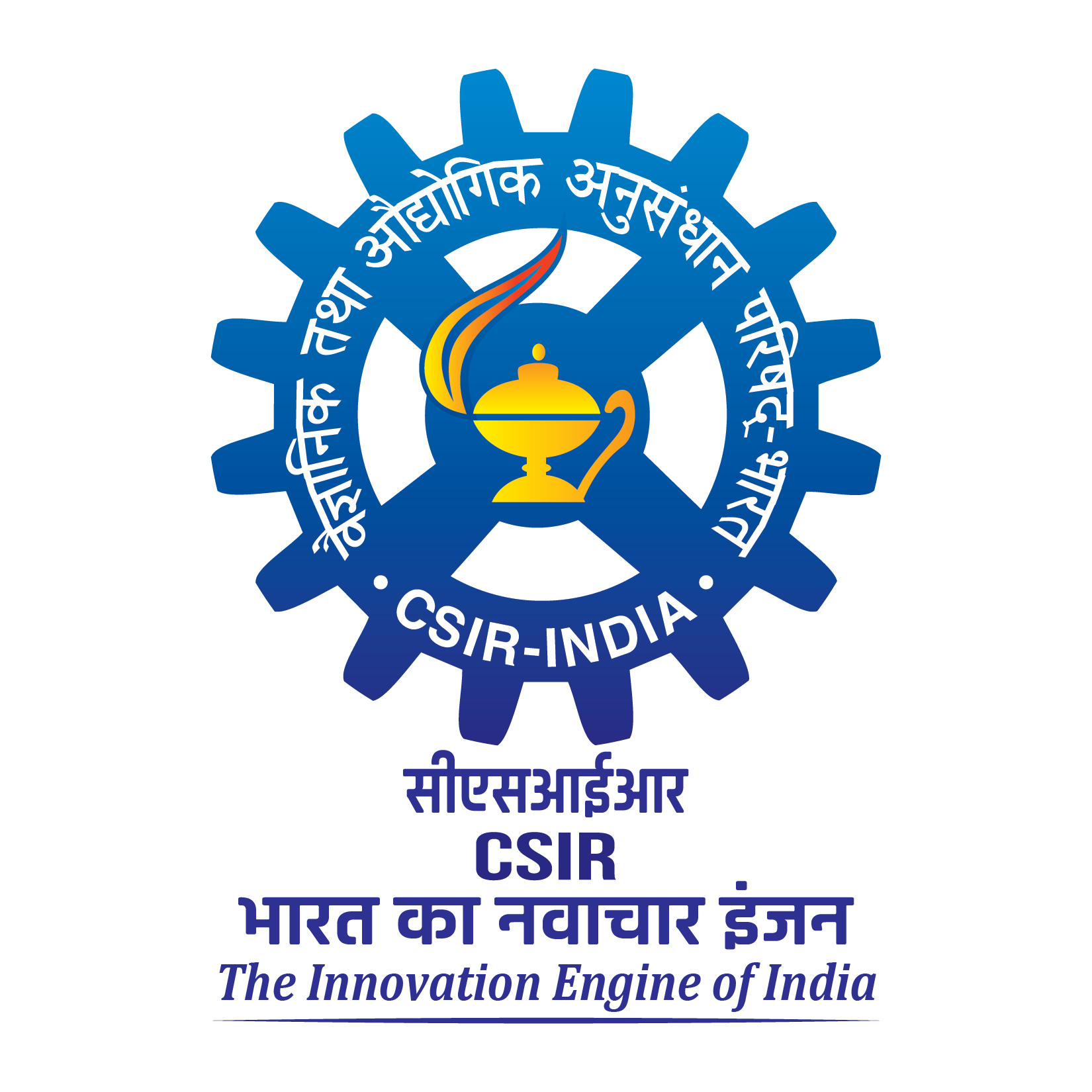by Rani Devi, K C Gouda and Smrutishree Lenka
The Madden-Julian Oscillation (MJO) is an important tropical atmospheric phenomenon that plays a significant role in modulating weather patterns across India. Heat Waves (HW) are extreme weather events that have severe impacts on human health, agriculture, and various socio-economic sectors. This research paper aims to investigate the dynamical relationship between MJO phases, as measured by the Real-time Multivariate MJO (RMM) index, and the occurrence of HW in India, as defined by the Indian Meteorological Department. This paper demonstrated the relationship among three aspects, i.e., intensity, duration, frequency of HW during the different MJO phases. The differential dynamics associated for about two-fold rise in the HW occurrence in the South East, Eastern and North West India in the MJO active phase. Inactive phase witnessed enhancement (suppression) of HW during wet (dry) over the regions. The novel finding of this paper is that, the weaker the MJO, the higher probability of HW occurrence in respective regions depending on the position of the MJO convection center. The maximum duration is observed to be significantly decreased by about 2 days in the active MJO phase over NW and north central parts of the country. It is also inferred from this study that there is a significantly decrease of 0.5 °C in HW intensity during the active wet phase of MJO over the NW India. To explain the linkage of HW with MJO, geopotential height (GPH), wind circulation, velocity potential (VP), sea surface temperature (SST) and outgoing longwave radiation (OLR) composite anomalies have been computed and used in the analysis. It is observed that all these parameters have a direct impact on the evolution, strength and spread of the HW in India. This dynamical study mechanism can be prescribed in the numerical weather prediction models for the improved prediction of such extreme weather events during summer for proactive disaster management.

